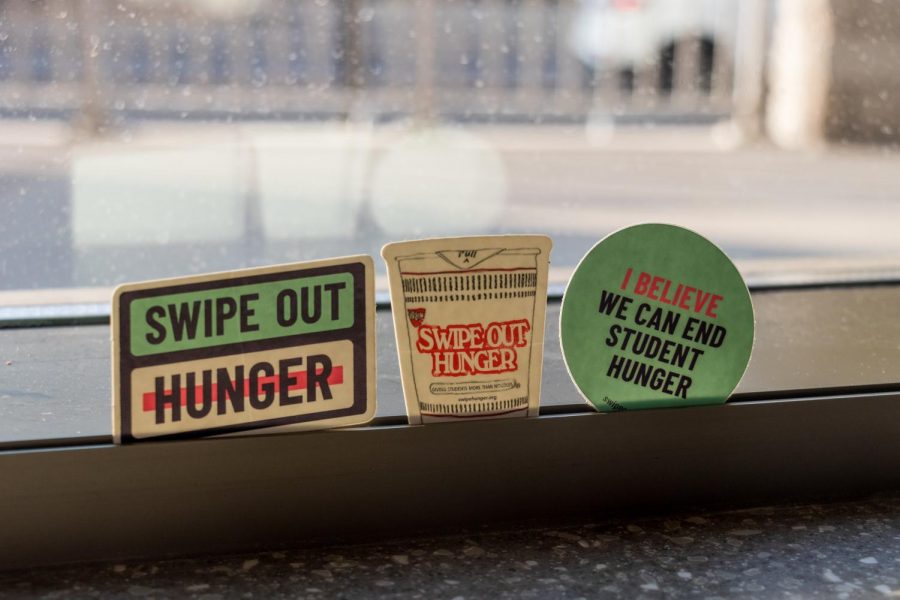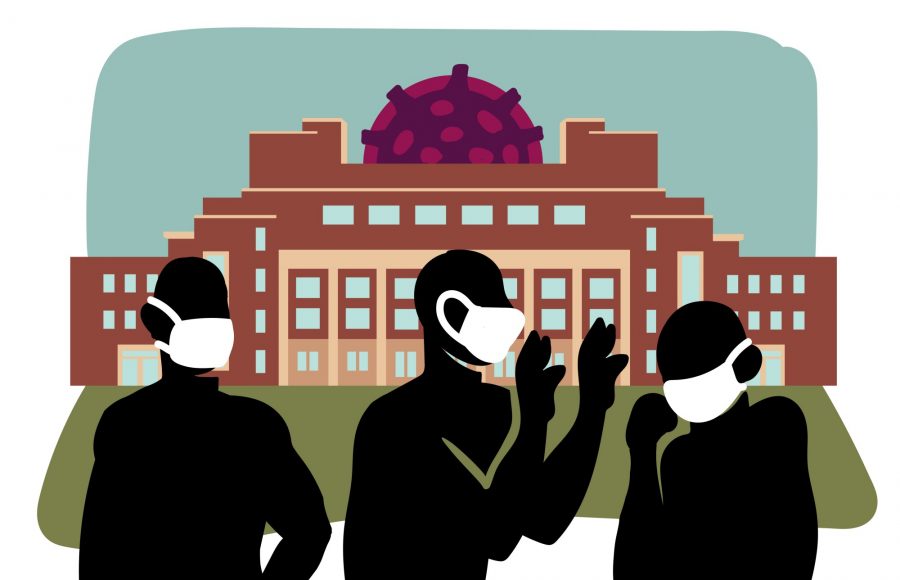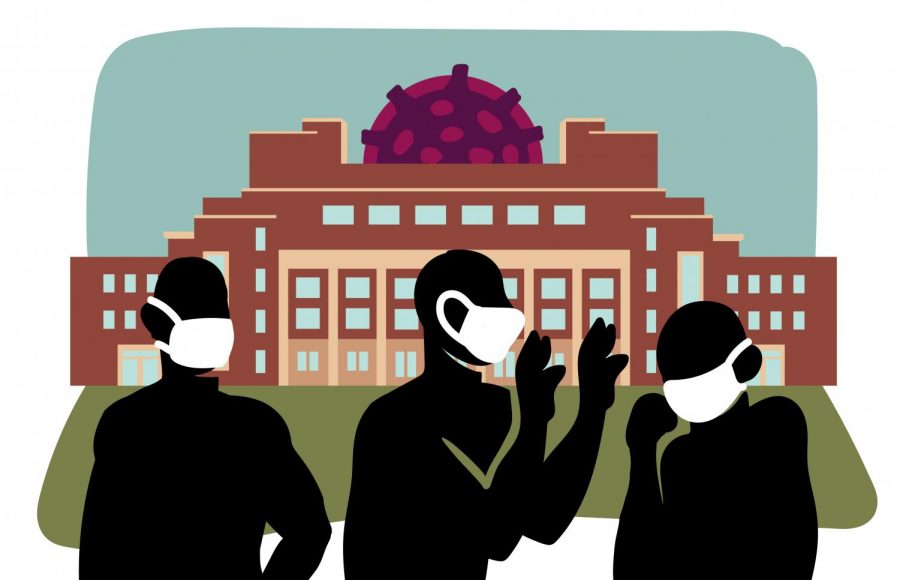In response to the prohibition of guests in residence halls, Swipe Out Hunger — a student group that collects and redistributes unused guest swipes from students with meal plans — is looking for different ways to support food accessibility for students.
For the past three years, Swipe Out Hunger has hosted donation drives for students to donate unused meals to hundreds of students experiencing food insecurity. This year, the organization was unable to host its annual donation drive due to COVID-19 restrictions. To help Swipe Out Hunger make up the shortfall, the University of Minnesota allocated some funding, but it wasn’t as much money as the organization expected.
On Aug. 24, President Joan Gabel sent out a University-wide email announcing that M Dining would donate the money amounting to Swipe Out Hunger’s donations from previous years to the on-campus food pantry, Nutritious U Food Pantry.
“Because no outside guests are currently allowed in the residence hall dining facilities, we were asked by the University to eliminate the guest meal program from students’ meal plans,” read an email from Chris Elrod, senior marketing manager for M Dining and Aramark. “We look forward to continuing the program as soon as the campus returns to regular operations.”
Swipe Out Hunger was not involved in the decision to suspend the donation drive, said UMN Swipe Out Hunger co-president Trey Feuerhelm.
The University donated to Swipe Out Hunger but the money will go towards Nutritious U Pantry for students experiencing food insecurity to have access to groceries.

Feuerhelm had a meeting in September with M Dining to plan together and discuss the donation to the Nutritious U Food Pantry. When he asked about the amount of money the University would donate, he said it was significantly lower than expected.
Swipe Out Hunger is allowed to collect up to 1,000 meals a semester, and the estimated cost for a student meal is $6 to $8. Though Feuerhelm expected to have a donation of $6,000 to $8,000, the University donated $2,000 to the on-campus food pantry.
The $2,000 donation was estimated based on the cost of food and density of campus this semester, according to an email from M Dining and University Services. Minus additional costs, like labor and supplies, student meals typically cost $2 to make. In 2019, Swipe Out Hunger collected more than 1,700 meals from unused guest swipes.
“When they told us $2,000, we were kind of surprised in the sense that because we were just expecting to get the full equivalent amount of money, because that’s what the email stated,” said Feuerhelm. “However, the $2,000 actually only covers the food costs.”
The donation does not include additional costs like maintaining the dining hall, kitchen and labor.
During the meeting, Feuerhelm and M Dining discussed negotiations to alter the program to increase the limit of donation swipes, have donation swipes available earlier in the semester and other plans.
Gigi Otten, co-president of UMN Swipe Out Hunger, said despite not covering additional costs, the group is grateful for the University’s donation because it contributes to covering the cost of the food. “We’re working really hard to find an alternative, so we can help as many students as possible,” she said.
A couple of weeks ago, Swipe Out Hunger branches met with the Office of U.S. Senator Tina Smith to discuss the intersection of mental health and food insecurity on campus. Smith introduced a bill titled “The Emergency Grant for College Students Act” to authorize a grant program to help college students in unanticipated emergencies without needing to pay.
“[The office of U.S. Senator Tina Smith] understood that we could use support even if it wasn’t financial. And they were really responsive to see how they could help us in ways that were realistic and achievable,” Otten said.
By the end of the month, Swipe Out Hunger will be meeting with M Dining again to plan for the next semester and continue advocating for students experiencing food insecurity.
“We have been going beyond dining and going beyond the University to express the needs and the impact of food insecurity on college students and the reasons why food insecurity exists on college campuses,” Feuerhelm said.


















